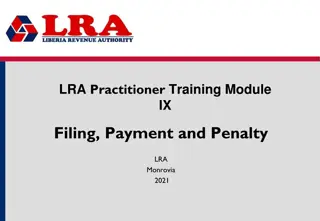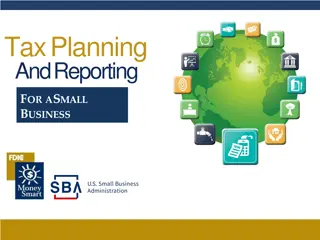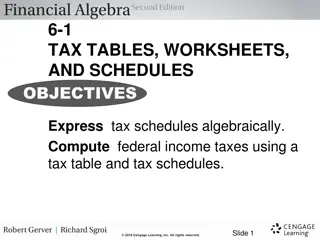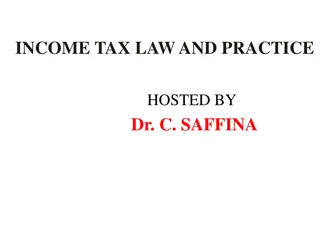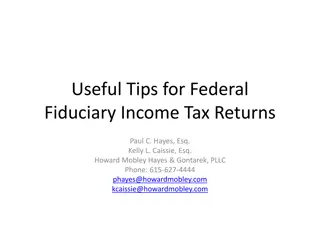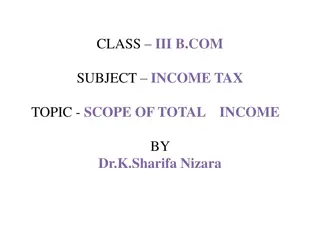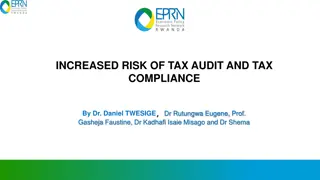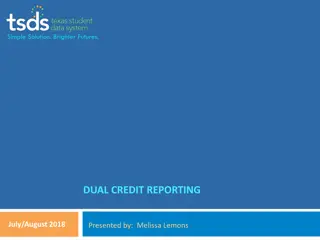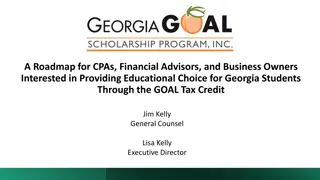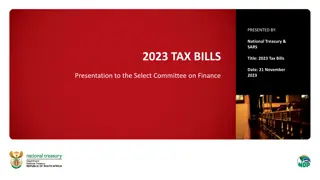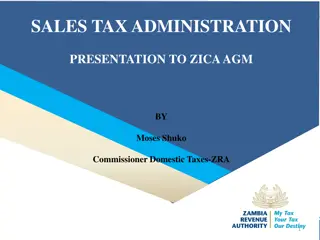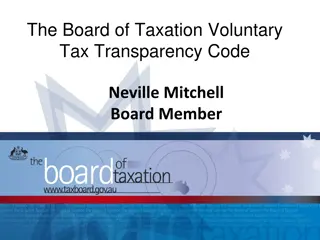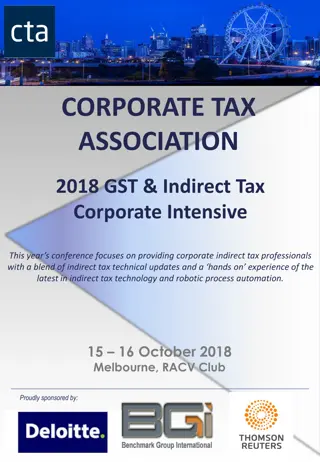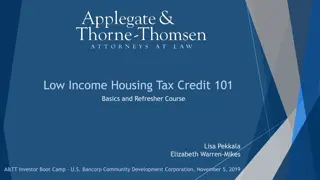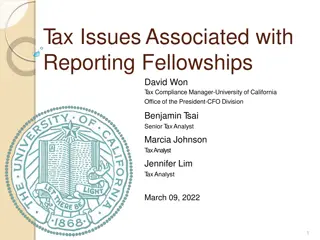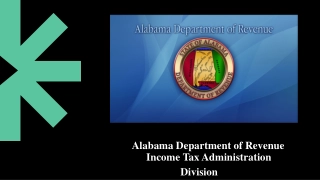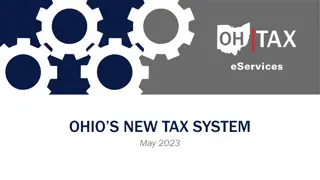Understanding the Earned Income Tax Credit
Explore the Earned Income Tax Credit (EITC) as a vital tool in poverty reduction, providing cash to low-income individuals, encouraging work and self-reliance. Learn about eligibility criteria, income thresholds, and the role of social work in promoting EITC benefits.
Download Presentation

Please find below an Image/Link to download the presentation.
The content on the website is provided AS IS for your information and personal use only. It may not be sold, licensed, or shared on other websites without obtaining consent from the author. Download presentation by click this link. If you encounter any issues during the download, it is possible that the publisher has removed the file from their server.
E N D
Presentation Transcript
The Earned Income Tax Credit: Leaving Money on the Table Elena Delavega, PhD, MSW University of Memphis iIMPACT Summit April 7, 2022
Learning Objectives: 1. Participants will understand the Earned Income Tax Credit s role in reducing poverty. 2. Participants will recognize and assess the barriers for participation in the Earned Income Tax Credit. 3. Participants will define the role of social work in assisting families access EITC benefits and the importance in teaching about taxes in the social work curriculum.
Earned Income Tax Credit Widely considered one of the most effective anti-poverty programs (Alstott, 2010). Refundable tax credit that transfers cash into the hands of low-income American citizens.
Earned Income Tax Credit Purpose Alleviate poverty Allow working people with low earnings to accumulate assets Encourage work and self-reliance rather than welfare (Athreya, Reilly, & Simpson, 2010)
What is the EITC and Who Qualifies for FY 2021 Refundable tax credit American citizens or permanent residents can receive if they have earned any income in a fiscal year. Filer must have a maximum investment income of $10,000 or less for the year. Filer must be either a head of household or married filing jointly, and not having been claimed as a dependent on another return.
What is the EITC and Who Qualifies for FY 2021 If the filer does not have dependent children, he or she must be between the ages of 25 and 65. Legal Same-Sex Marriages Will Be Recognized For Federal Tax Purposes.
Minimum Requirements to Claim the EITC: Must be a citizen of the United States, and must live in the U.S. for more than half of the year. Must have earned income for the tax year and a valid Social Security number (SSN). Can't be a qualifying child on another return. Can't use the married filing separate (MFS) filing status. Must meet eligibility requirements as described above.
Income Thresholds to Receive the EITC for FY 2021: $51,464 ($57,414 married filing jointly) with three or more qualifying children $47,915 ($53,865 married filing jointly) with two qualifying children $42,158 ($48,108 married filing jointly) with one qualifying child $21,430 ($27,380 married filing jointly) with no qualifying children
Tax Year 2021 Maximum Credit: $6,728 with three or more qualifying children $5,980 with two qualifying children $3,618 with one qualifying child $1,502 with no qualifying children Seems like a perverse incentive to have children out of wedlock!
Nonclaims! Many people fail to claim the EITC The exclusions are important because they are by design Many low-income people don t qualify Those who qualify often fail to claim Lack of knowledge Lack of access Unscrupulous/incompetent tax preparers fail to claim the EITC
Estimation Methods A variety of methods were utilized to estimate number of eligible participants All people who might not be eligible were excluded Over 65 Under 25 Half of married people People withouth children Non citizens (% speaks English less than very well) Percent did not work last year
To Note: Households may comprise several families who file taxes separately There should always be more EITC claims than households My estimates are likely very conservative The IRS is more interested in excluding and punishing than in reaching eligible participants
% % % State Rank State Rank State Rank Nonclaims Nonclaims Nonclaims North Dakota Massachusetts Iowa West Virginia Wisconsin Maine Oregon Pennsylvania Vermont Nebraska Minnesota Connecticut South Dakota Kentucky Washington Kansas Colorado 50.0% 45.1% 44.7% 44.5% 43.5% 43.3% 42.2% 42.0% 41.9% 41.1% 39.3% 38.8% 38.3% 38.0% 37.9% 37.8% 36.7% 1 2 3 4 5 6 7 8 9 10 11 12 13 14 15 16 17 Rhode Island Ohio Wyoming Missouri Montana 36.6% 35.4% 35.4% 34.7% 34.4% 33.7% 33.4% 33.0% 32.7% 31.5% 28.6% 28.3% 27.6% 26.6% 25.5% 25.4% 24.0% 18 19 19 21 22 23 24 25 26 27 28 29 30 31 32 33 34 New Mexico Tennessee South Carolina 23.6% 23.5% 22.9% 22.0% 20.8% 20.7% 20.3% 19.4% 18.6% 15.5% 14.1% 13.2% 12.5% 9.2% 7.1% 7.0% 0.4% 35 36 37 38 39 40 41 42 43 44 45 46 47 48 49 50 51 District of Columbia Virginia New York Alabama Delaware Alaska Maryland California Louisiana Hawaii Texas Mississippi Florida Georgia New Hampshire Idaho Indiana Oklahoma Michigan Utah Arkansas North Carolina Arizona Illinois New Jersey Nevada
In most cases, the percentage of people failing to claim the EITC is at least 50% higher than what the IRS reports.
Solutions More outreach Increased volunteer body Social Work Students We must include the missing piece of PIE
Challenges Social workers are reluctant to engage in economics and finances Students complain bitterly in teacher evaluations of having to do taxes Partners can have difficulty in integrating volunteers for one semester Policy courses do not match with tax-training and tax-preparing season perfectly
Taxes in the Social Work Curriculum Taxes Types of taxes Tax rates (including marginal) Tax credits The role of taxes in social welfare
Taxes in the Social Work Curriculum The EITC is of interest to social workers because this credit is associated with better outcomes in health, education, and mental health among low-income families (Athreya et al.; Boyd- Swan, 2013; Dahl & Lochner, 2010).
Taxes in the Social Work Curriculum EITC is a sufficient transfer to lift families with dependent children out of poverty in many cases (Schmeiser, 2007).
Earned Income Tax Credit Project Tax training, preparation, and research Helping low-income people get the Earned Income Tax Credit Understanding barriers to tax credits
The Project Students are trained in late fall or mid-winter Students become certified as basic (or higher) tax preparers under the VITA program Students volunteer at a tax site during the spring semester
SaveFirst ImpactTennessee Binghampton Development Corp. Memphis, TN Church Health Center Memphis, TN Orange Mound Community Center Memphis, TN
Since 2013 200 MSW Students from University of Memphis have participated with ImpactAmerica and the United Way of the Midsouth in VITA program
Each Year, Student Volunteers help: 2,000 Memphis families in poverty and with low and moderate incomes save $750,000 in tax preparation fees Claim more than $2,000,000 in EITC




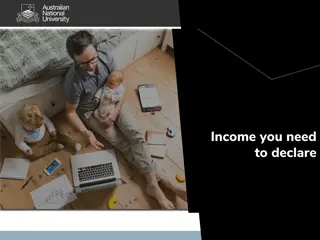
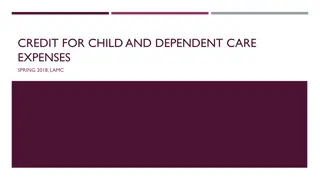
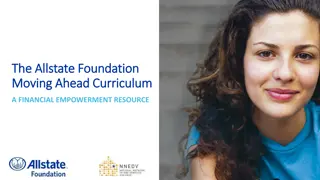
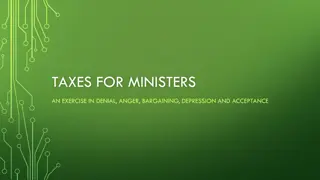
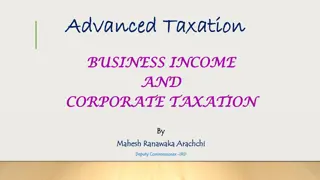
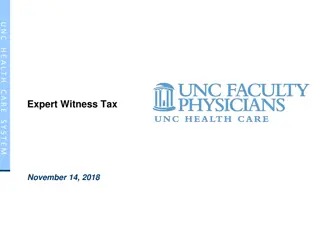

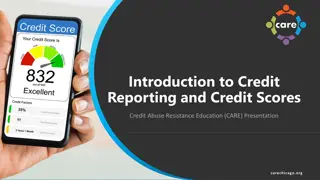
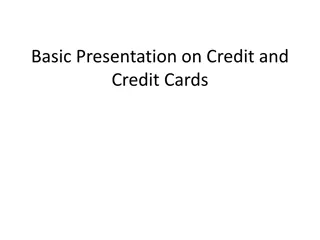

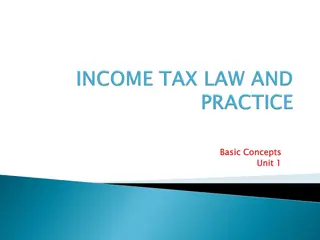
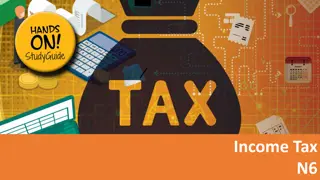

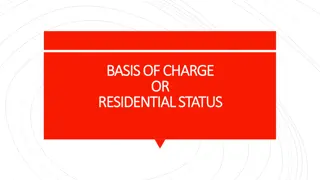
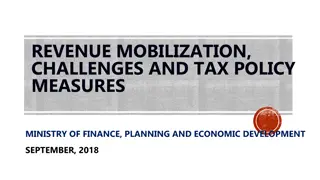
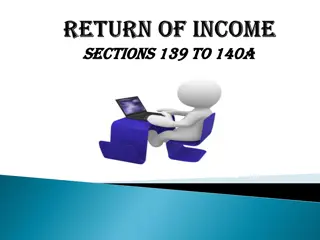
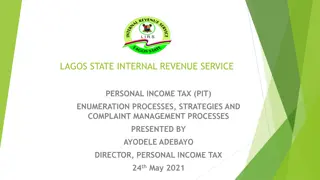
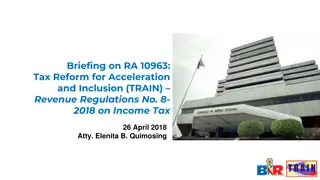
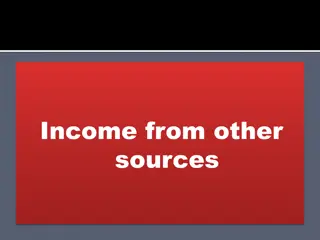
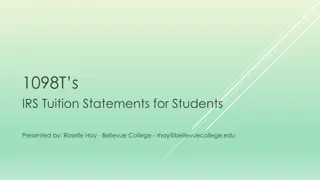
![Town of [Town Name] Real Estate Tax Rates and FY 2024 Budget Summary](/thumb/62211/town-of-town-name-real-estate-tax-rates-and-fy-2024-budget-summary.jpg)

